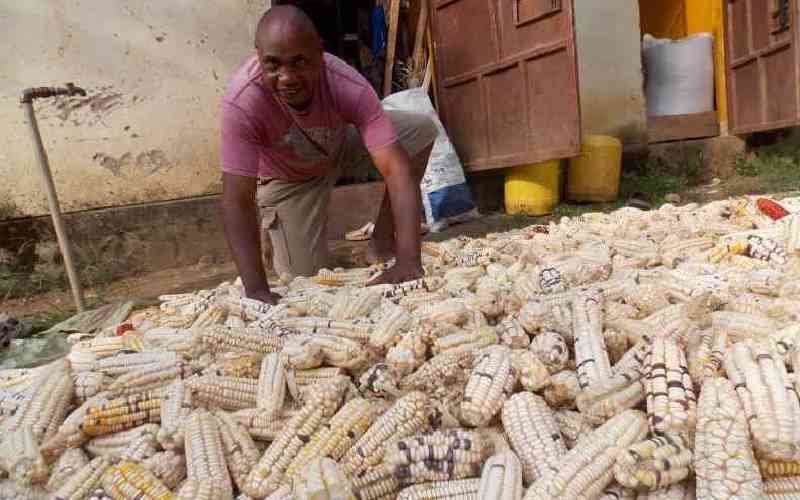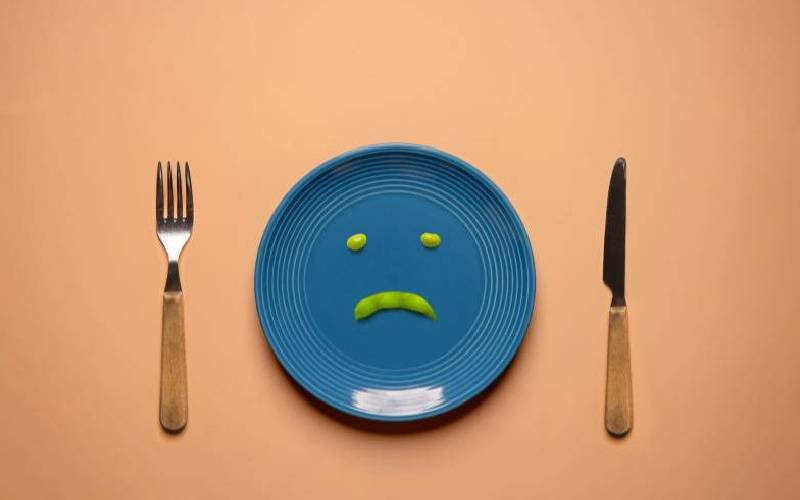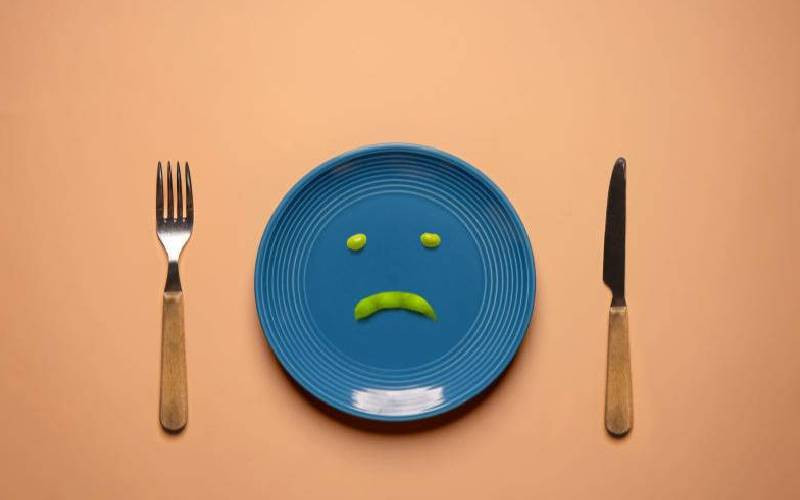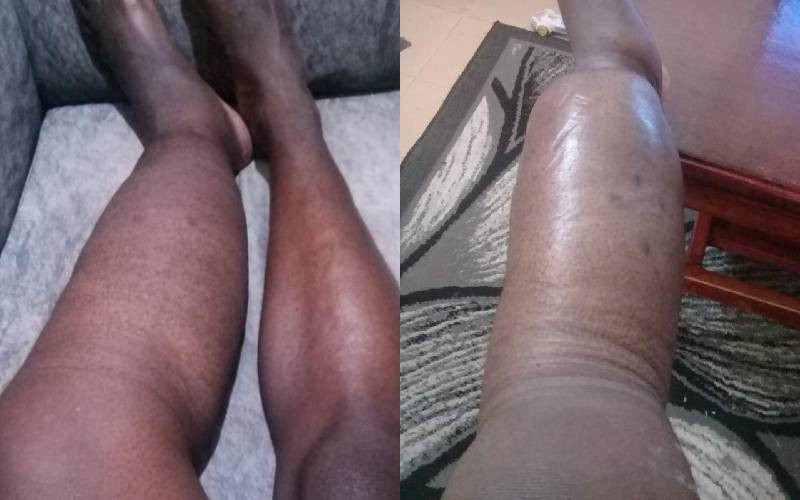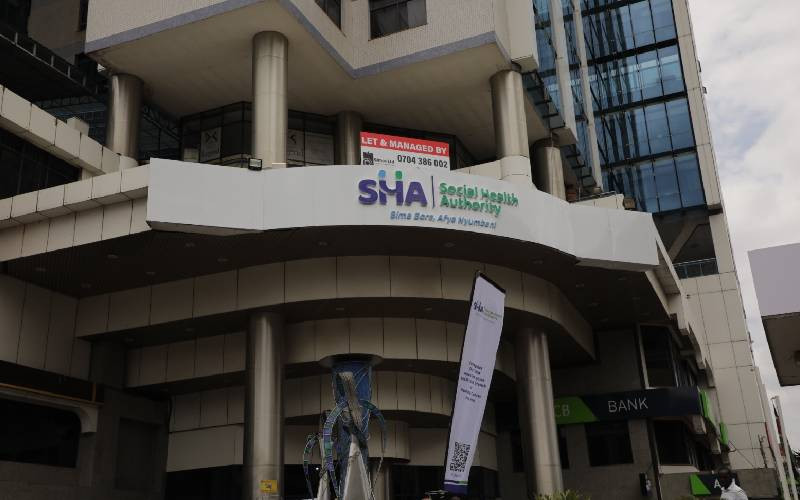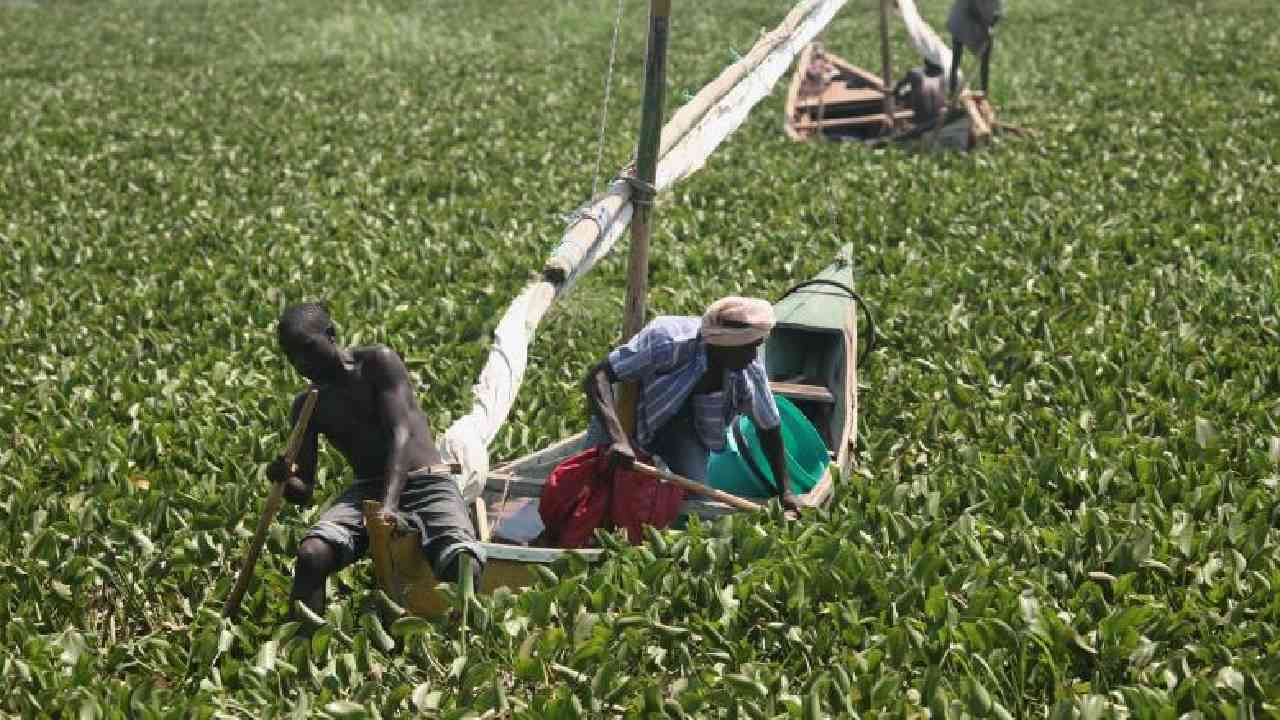
James Omondi sails to cast his net at Lake Victoria's Winam Gulf after dawn.
The lake is clearer. He's confident of a good catch to deliver to a group of women waiting on the shores.
Since the decline of water hyacinth, fishermen have doubled their daily catch as "the lake is clear, water cleaner," says Omondi.
"These days I sail to fishing zones that I could not when the weed had taken over the lake. It was very difficult to paddle through."
One of the women is Linet Akinyi, a fishmonger who says her income has doubled in the last five months as "I get more fish than when the invasive weed covered the lake. I hope the weed never returns."
For years, the hyacinth, plastics and untreated sewage have been increasingly choking the lake. The weed had disrupted livelihoods, the economy and the lake's ecosystem.
However, the Winam Gulf part of the lake is slowly coming back to life due to the decline of water hyacinth currently covering 559.53 ha majorly at Nyakach bay in Kisumu County.
Scientists at the Kenya Marine and Fisheries Research Institute (KMFRI) attributed the decline to stormy weather which has increased lake-water currents.
Catchment practices
"Water hyacinth prefers almost still-water for existence," explains Dr Chrisphine Nyamweya, assistant director at KMFRI.
"However, this can be associated with one main factor the improving catchment practices and manual removal in various sections of the lake."
Dr Nyamweya said improved use of Lake Victoria through navigation, the revival of Kisumu Port and opening of the Mbita causeway could further destabilise hyacinth coverage.
KMFRI monitors the dynamics of water hyacinths and other floating macrophytes in Lake Victoria and maps their occurrence for improved surveillance to inform resource users.
Data at KMFRI indicates that water hyacinth in Nyanza gulf of Lake Victoria is not following a cyclical pattern of emergence, growth, disappearance, and reappearance within a year.
Dr Nyamweya said satellite-generated data has been validated and shows that water hyacinth has reduced in the lake mostly around Lela beach in Nyakach.
Hyacinth reduction in the lake is a boost which complements other alternatives including purchase of a water hyacinth harvester.
In January, the government through the Environment and Forestry department commissioned the Sh81 million water hyacinth harvester after five years and handed it to Lake Basin Development Authority (LBDA).
The multi-million-shilling machine was bought by the Lake Victoria Environment Management Project II (LVEMP) and funded by the national government and the World Bank but stalled since 2016.
However, Health & Science established that since the commissioning the harvester has not been fully used for lack of funding.
The machine had an annual operation and maintenance budget of Sh77.5 million which had not been received.
Mechanical approach
Both the water harvester and the two-load truck cost Sh101 million. The lorries cost Sh10 million each.
The harvester works well alongside tippers and a bigger machine with a pusher is needed, according to LBDA Agriculture and Natural resources chief manager, Philip Oloo, who adds that the machine is capable of harvesting 28.3 tonnes of the weed per hour.
Oloo says only 22 acres of the weed has been harvested mainly in parts of Dunga beach from internal funding.
He said that the two tippers, which carry the harvested hyacinth to sites where they are buried, are not enough.
The pusher helps in removing Elephant grass alongside other weeds in the lake which the hyacinth harvester cannot remove.
As of now, the machine harvests and returns to the shores to offload and "this wastes resource, a vessel sailing along the harvester is urgently required once the weed is harvested it's emptied into the vessel that ferries it to shore for offloading," says Oloo.
The machine was an option after scientists battling the water hyacinth were criticised for failing to adopt more practical strategies to combat the weed.
LVEMP scientists thought the mechanical approach was the best option, a reason the agency pushed for the purchase of the equipment.
Agency officials said after procurement, a committee that was formed to inspect the equipment found it had a technical hitch and did not meet the specified limit of harvesting a minimum of 20 tonnes per hour.
 The Standard Group Plc is a multi-media organization with investments in media platforms spanning newspaper print
operations, television, radio broadcasting, digital and online services. The Standard Group is recognized as a
leading multi-media house in Kenya with a key influence in matters of national and international interest.
The Standard Group Plc is a multi-media organization with investments in media platforms spanning newspaper print
operations, television, radio broadcasting, digital and online services. The Standard Group is recognized as a
leading multi-media house in Kenya with a key influence in matters of national and international interest.

